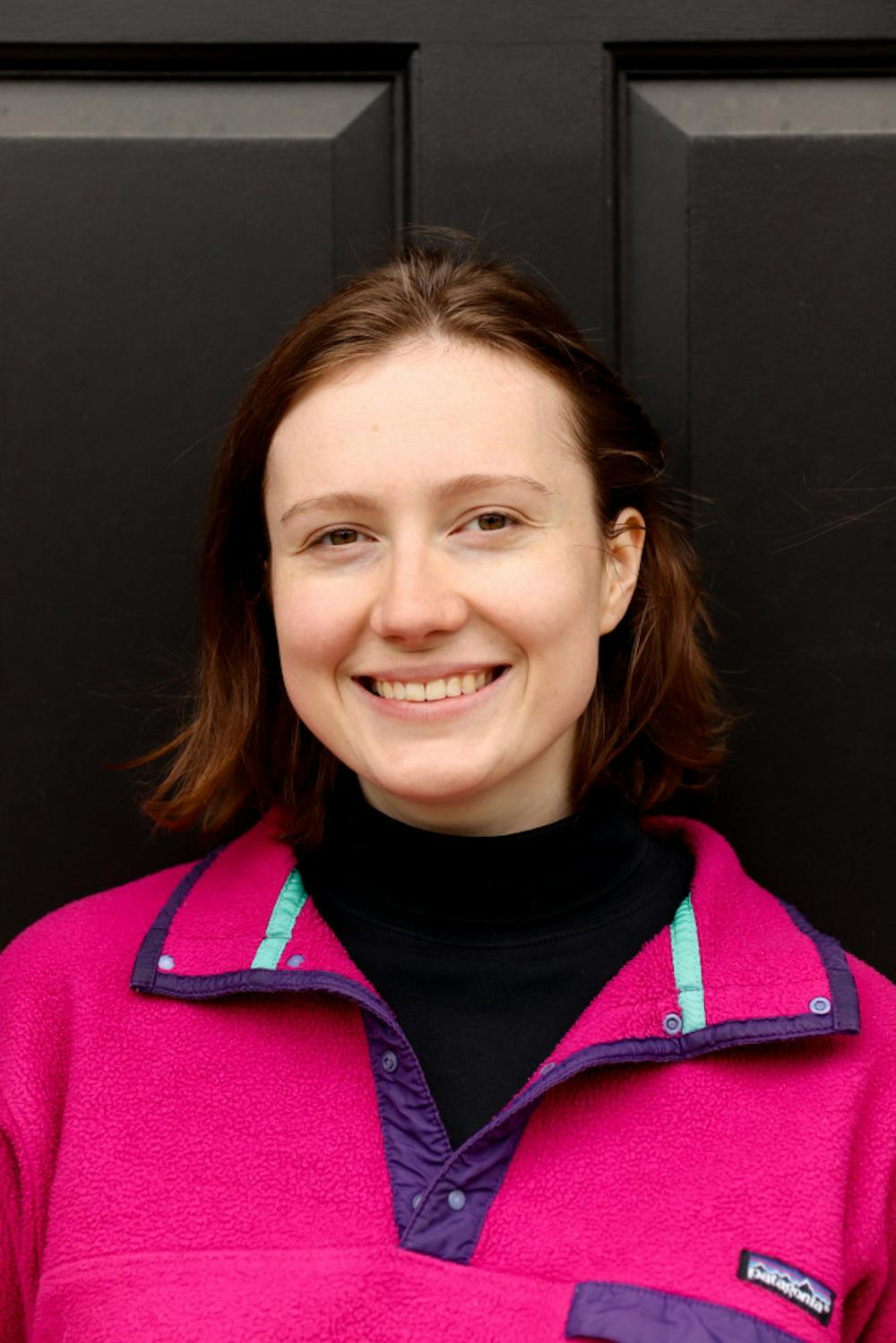We’ve spent four years (or maybe a little more) wandering around in the open curriculum. For some of us, the course has been relatively straightforward. But I think for most of us, these precious years at Brown have brought about a great deal of questioning and a generous helping of difficult choices. Even those of us who entered the Van Wickle gates with an unshakeable confidence in our concentration and career trajectory have had to make choices — deciding whether to stay the course or do something else. Freshman year, when we were busy moving into dorms and trying not to get lost on the way to class, our worlds were opening up in exciting ways. We met new people, joined groups on campus and, perhaps for the first time ever, had the opportunity to study anything we wanted thanks to the open curriculum.
The open curriculum provides us a great deal of freedom, but this freedom in turn requires a great deal from us — we are asked to think carefully about what we care about, which intellectual tools we want to develop and the kind of people we want to be.
This year, the open curriculum turns 50 years old. What can we, the class of 2019, learn from an educational philosophy that came into being half a century ago?
At its inception, the open curriculum was called the New Curriculum. It blossomed out of a document created a few years prior, the Magaziner-Maxwell Report. The Report was the product of a year-long independent study project organized by a group of students. Their work provided a blueprint for why and how the University ought to be run.
When I first read the Magaziner-Maxwell Report, it was the spring of my freshman year and I was researching in preparation for proposing an independent concentration. The “Why” section of the independent concentration application form prompted students to read the Report, which also goes by the less glamorous title “Draft of a Working Paper for Education at Brown University.” When I saw that the Magaziner-Maxwell Report was close to three hundred pages long, I was surprised. The open curriculum seemed simple enough. I didn’t get it — what was the point of this big, old paper?
But as I read the introduction, I was struck by just how much the circumstances that produced this 50-year-old document mirrored the world we live in today. The Magaziner-Maxwell Report was written in mid-60s against a backdrop of social turmoil. The Vietnam War was raging, sparking student protests; the civil rights movement was in full swing; the Chicano movement was growing; and a new wave of feminism was rising. There was a sense in the world that the status quo needed to be challenged and changed.
This desire for challenge and change was felt in all facets of life, including the University. Together, students articulated the aims of a Brown education, and how the organization of the University might facilitate those aims. And so in May 1969, after “three years and a million student work hours of discussion and planning,” the open curriculum was born. In this new vision for Brown education, there were no distribution requirements, grades were de-emphasized and the student was deliberately placed at the center of the educational experience.
We were invited for the first time to be the “architects of our own education.” I like this phrase a lot, but I think it tells only half the story. We are not just the architects of our education — we are also its builders. It’s up to us to ask: What do I care about? What skills do I want to develop? What kind of person do I want to be? Then it’s up to us to act on the answers to those questions. We have to do the work of developing ourselves both as thinkers and as people.
I’ve struggled a lot with these questions during my time at Brown. A little over a year after my independent concentration was finally approved, I started to wonder whether I’d made a mistake. The issues and questions that I felt so deeply compelled by as an underclassman, while still interesting, no longer moved me in the same way. I started to think about abandoning the concentration I’d spent a year researching and writing to study philosophy instead. I debated all the way into my seventh semester about whether to switch concentrations, but in the end I stayed. I stayed because the thing most representative of my intellectual experience at Brown was not a particular discipline or department. It was the process of creating and executing an independent concentration. A four-year journey that challenged me to reflect, to plan and then to act.
The work that a Brown education asks us to undertake feels especially resonant now that we’re here together — waiting to take a step into the rest of our lives. As graduation has neared, I’ve felt overwhelmed by just how big the world seems. There are an infinite number of ways we can choose to live our lives. Where will I go next? What job will I have? In five years will I stay the course or decide to try something new? What issues will I care about? What kind of person will I be? The world is vast and full of choice — it feels like the open curriculum 2.0.
But to me, this is a relief. For the last four years, we’ve been figuring out how to navigate a sea of choices. We’ve learned how to approach complicated questions. We’ve learned how to figure out what is important to us, and what to do when what is important to us changes. To reflect, to plan, to act. These skills will serve us well because the work of exploration and transformation is never done.



